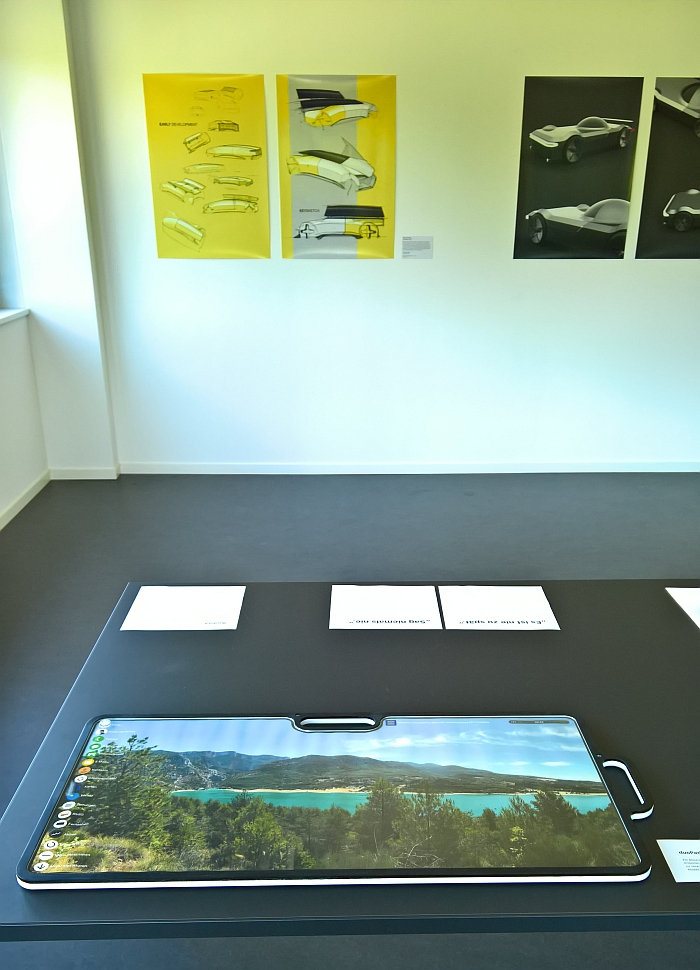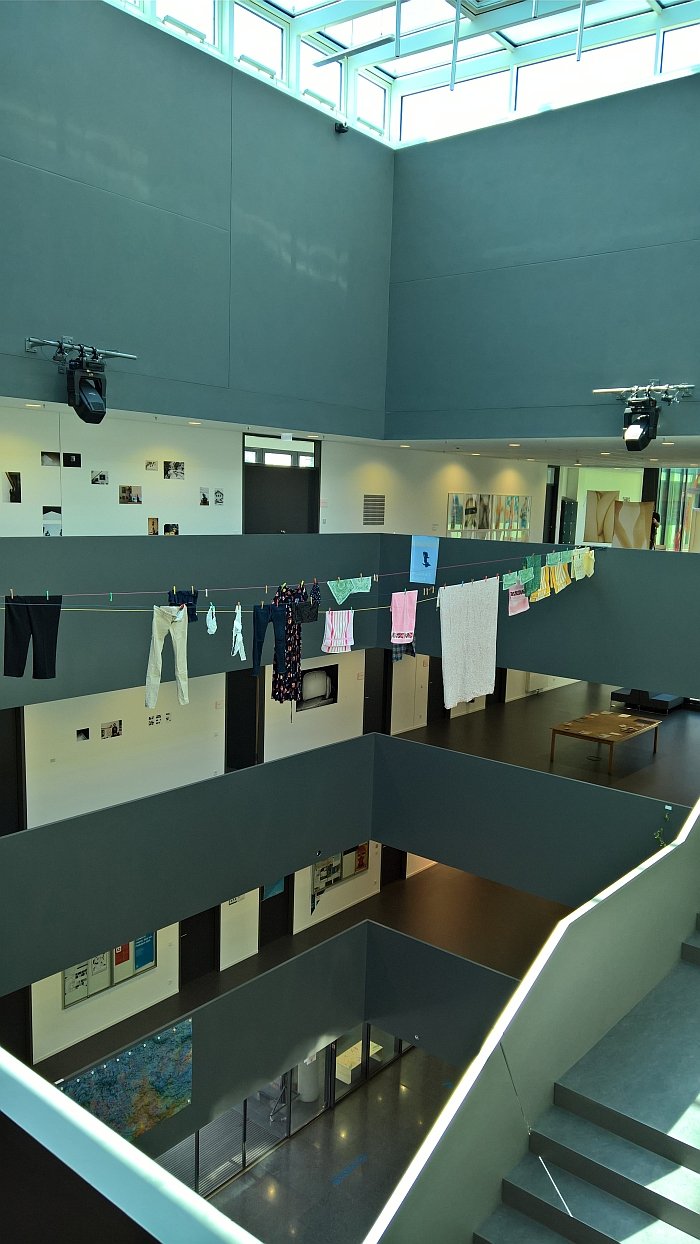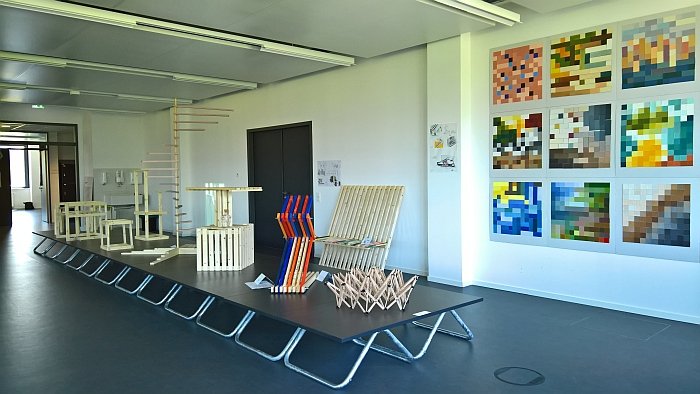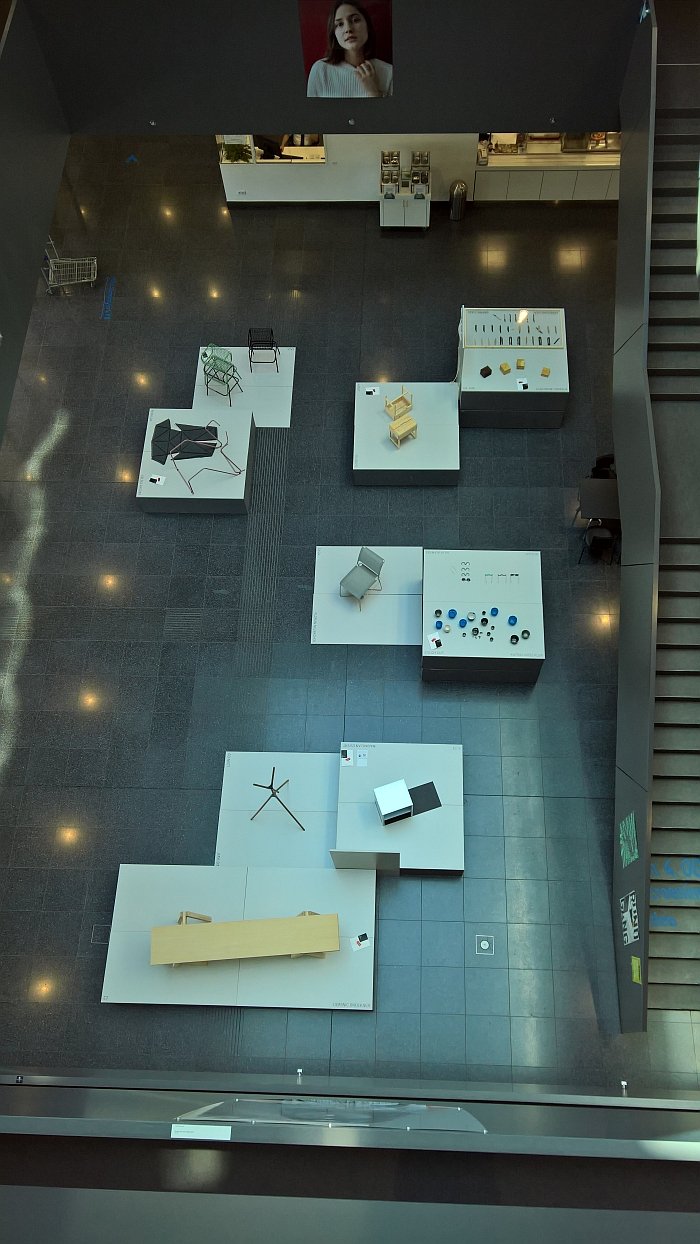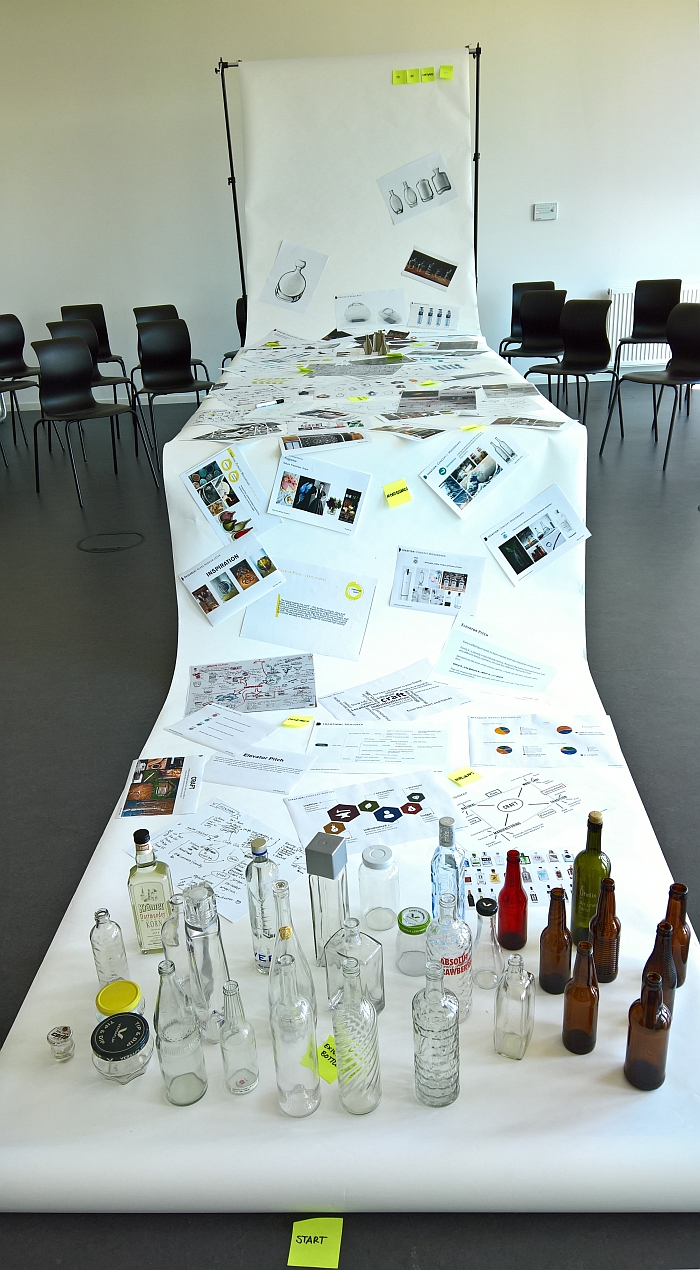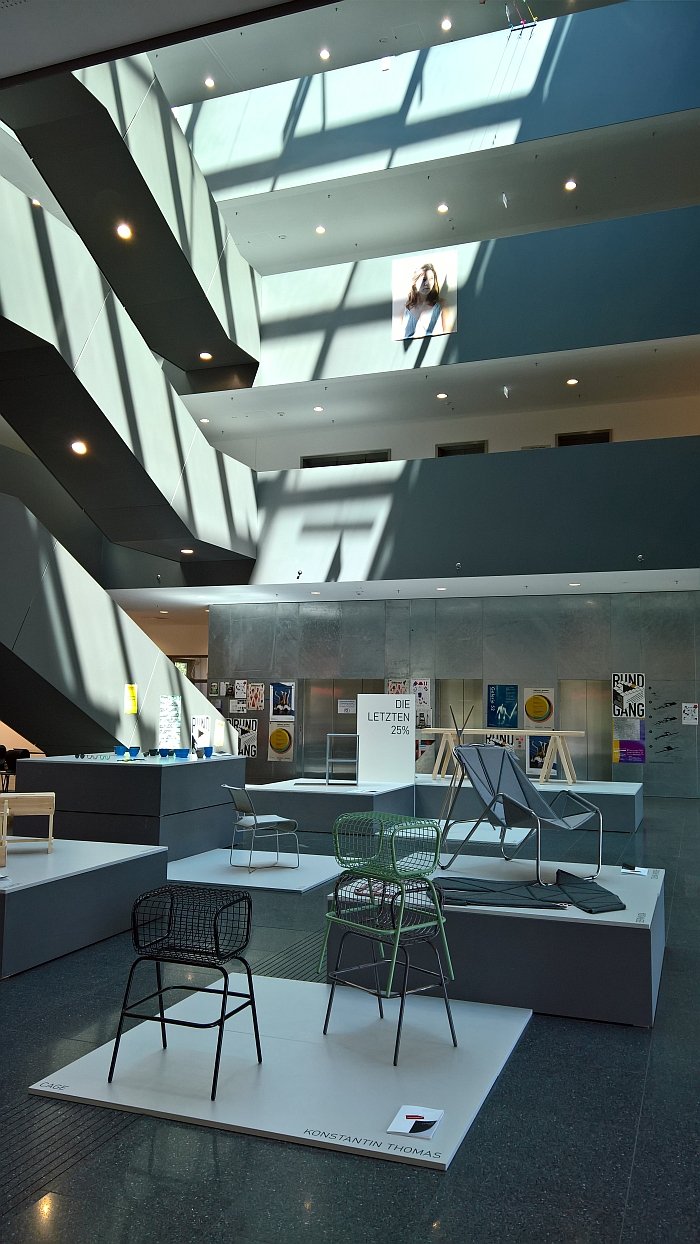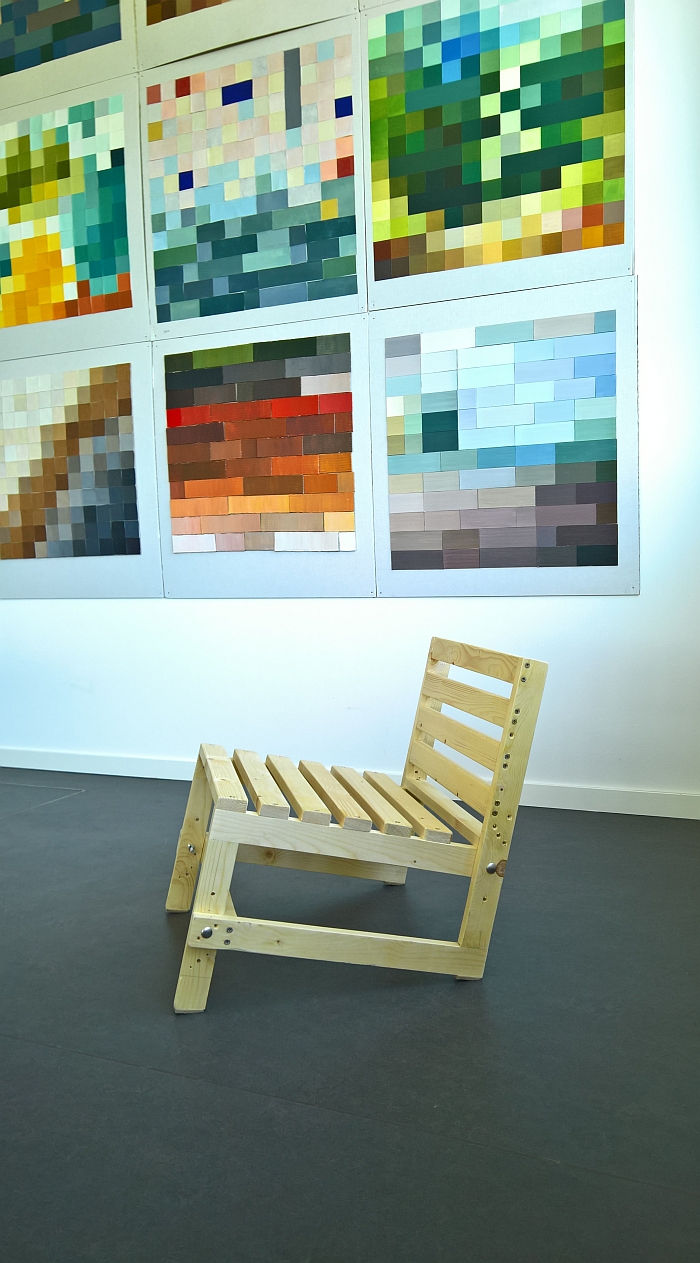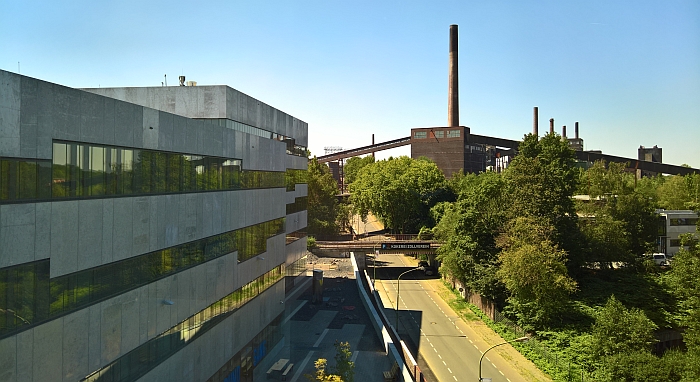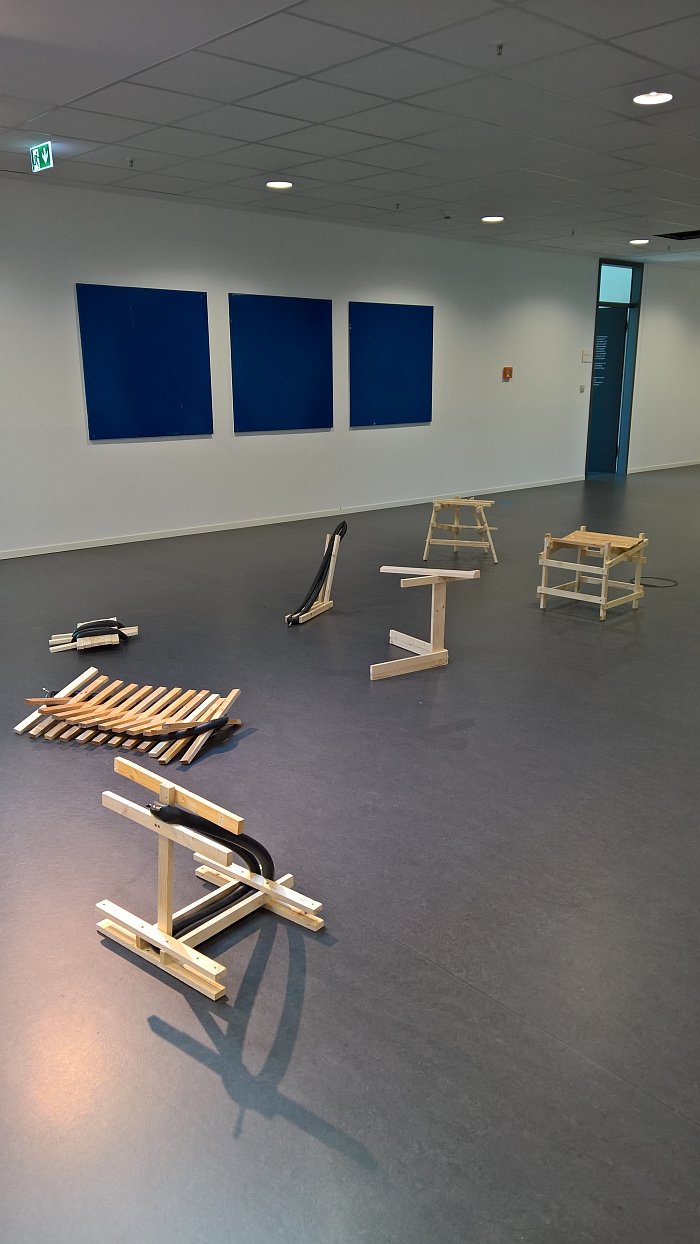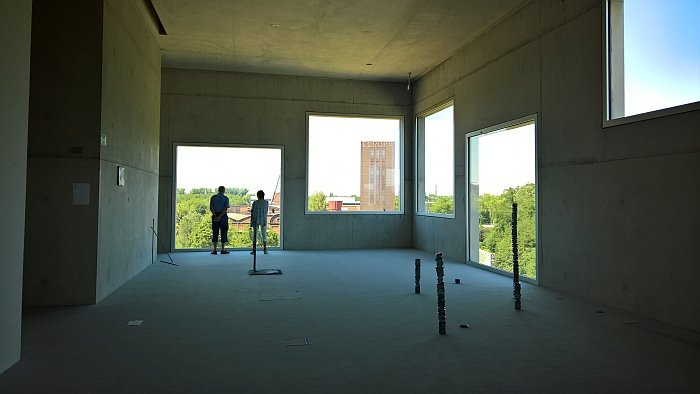In October 2017 the Design Department of the Folkwang Universität der Künste Essen moved into its new home, the so-called Quartier Nord designed by Stuttgart based MGF Architekten.
The 2018 Folkwang Summer Rundgang therefore not only offered an opportunity to explore the work undertaken by institute's students in the semester past, but also to explore their new home.......
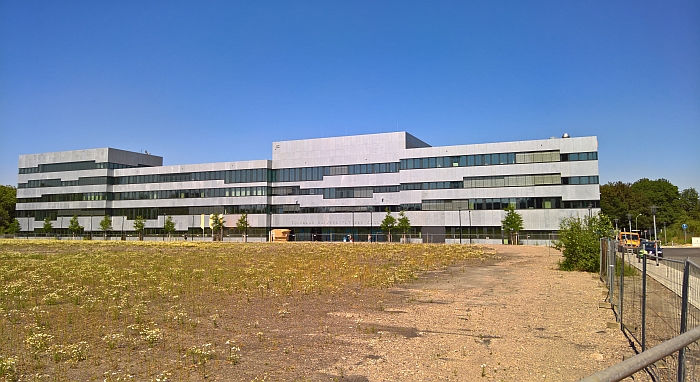
The most important message from the Folkwang Essen 2018 Rundgang is that the views from the new Quartier Nord remain every bit as poetic, abstract, absurd and fascinating as those enjoyed from the SANNA building the institute previously called home. Not completely surprising as both are sited within spitting distance of each other on the same edge of the Zeche Zollverein ex-colliery complex, but pleasing to know they are still there. And are every bit as enjoyable.
Not that the views were the only things pleasing to eye and sprit at the 2018 Folkwang Rundgang. Far from it.
In our post from the Folkwang Essen Finale 2017 Diploma exhibition we discussed, in addition to the views from the windows, the school's background and structure, and so refer you to that post for such details.
The 2018 Rundgang exhibition was the presentation of the results of semester courses format that one tends to find staged more regularly by German design schools than non-German design schools, and which in many regards is more satisfying and rewarding than the presentation of graduation projects favoured elsewhere. Not least because it helps explain not only what the students do, but for all how they do what they do, how they learn: where the focus is both in terms of subject areas but also teaching methods, and thereby helps you approach answers to questions such as, how important are practical workshops, how important are theoretical workshops, how important is computer modelling, how important is rapid processing, traditional craft, materials, history, sociology, business studies, ecology, futureology etc, etc etc And ultimately that is what is interesting, because that brings you to the heart of a school. For, and as we never tire of repeating, what a design student produces is in many (all?) regards secondary to how they got there.
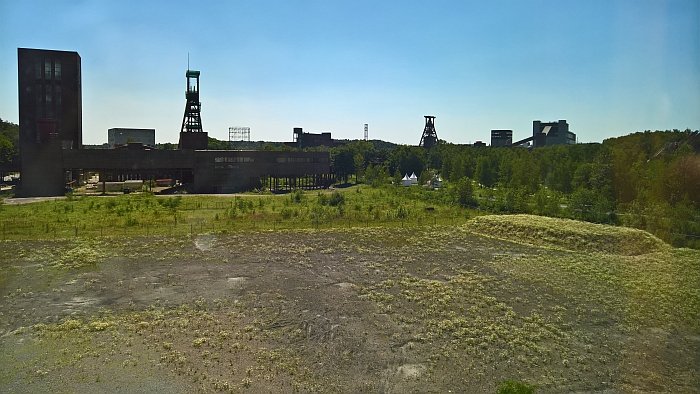
Occupying all four and a half floors of the new Quartier Nord the 2018 Rundgang neatly highlighted the important position photography occupies in Essen; we're guessing, but we'd say around half the building appears to be inhabited by the photography department. And during the Rundgang the walls were richly adorned with the students' works; however, and as noted before, although not averse to artistic photography we really, really aren't in any position to make any comment on such and so don't.
In terms of the classes more focussed on 3D design, in addition to an insight into the 2nd semester Ergonomics course with its focus on designing ergonomically correct work environments, and not just offices, amongst the professions listed was that archetypal sedentary worker, the professional musician, the Rundgang presented the results from projects as varied as Mikrokosmos run in cooperation with Leica Microsystems and which explored new considerations on and new applications of the microscope; Lebenswerke in which 12 design students cooperated with the residents of a retirement home to develop a series of creative projects focussing on the residents and their stories; Die Letzten 25% in which students attempted to complete a previously begun yet abandoned project, and a course that in many regards had less to do with the students completing the project as with the students becoming familiar with the context of a projects final stages, the final 25% (ish) including questions of what to do with it? How to monetise all that effort? And which sounds pleasingly like applied business studies; and two fundamental, staple, design classes: building familiar objects from cardboard in an absurdly large scale and Experimental Design.
The former representing a much more important skill than it sounds, involving as it does not only very exact observation, and thereby learning to understand how a form is formed, but also being a nice reminder back to the day when all design students did was copy existing objects. That was how you learned.
And the latter being a class where students, well, designed experimentally with whatever materials, process and intentions they wished, and where what each individual student gets out is a factor of what they put in. Particularly interesting was what Paul Kröger got out of it namely a collection of objects formed from wooden slats, inner tubes and cable binders, and which represent classic 3D brainstorming. Interesting as each object was in itself, the majority will inevitably prove to be the entrance to a dead-end, but one or the other could/will lead to a useful and meaningful solution, not necessarily based 1:1 on the objects as they exist now, but rather based on a component of the principles on which the object rely. Which is of course one of the joys, and key challenges, of any creative pursuit, understanding what you have and why it is, or isn't, relevant.
Elsewhere the following classes caught our imaginations.....
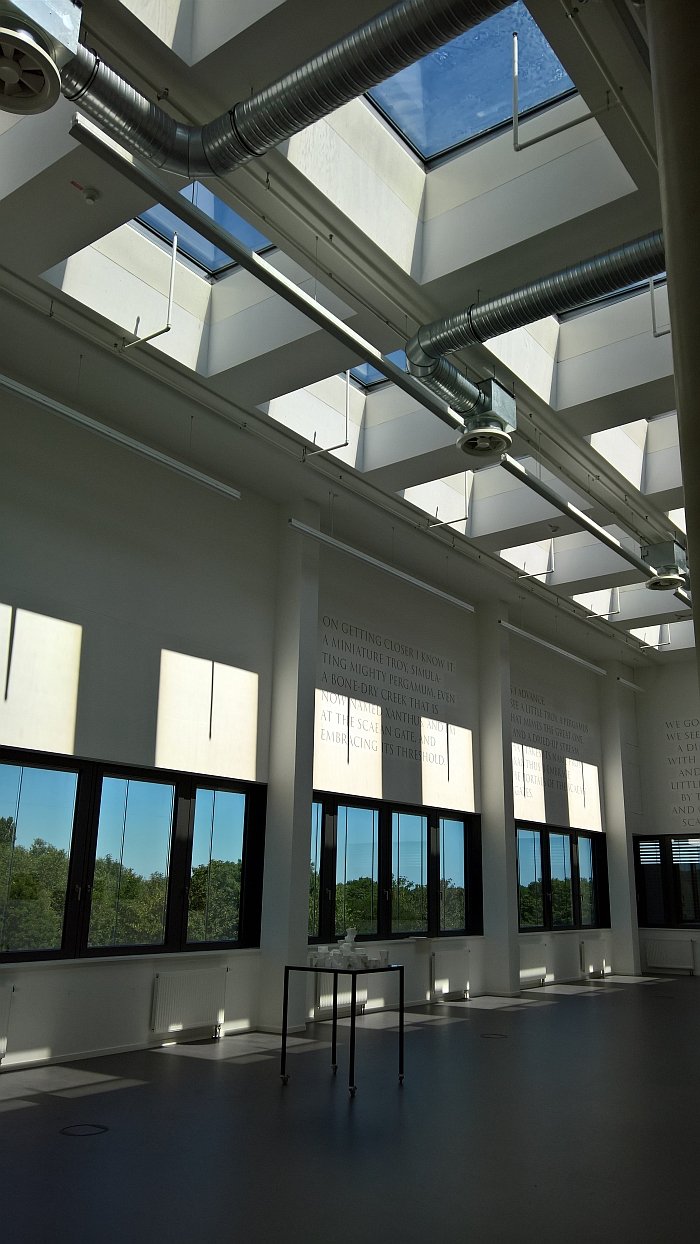
Staged in context of the Fundamentals of Design programme Object/Raum/Farbe [Object/Space/Colour] did pretty much what it implied, and was an exploration of the role of colour in design, and for all in the 3D context, be that a space or an object. Even if not that may of the objects presented appeared to be that interested in colour. However, we've long since give up on expecting designers to a follow brief even vaguely and so in that respect..... Aside from the theoretical position it was also a course which resulted in a number of very interesting propositions including a low chair which offers, or at least would appear to, we weren't able to try it, exactly the low to the ground knees raised sitting position we demand from contemporary seating as a response to contemporary media, and an object which sadly bore neither its name nor that of its designer, apologies; but we did enjoy it. As we did the JV1 Leaning Bench by Valentin Lude & Jannik Steffan, an object with which we are still a little obsessed. Folded flat against the wall JV1 takes up minimal space, folded out it offers an elegant seating solution. And that via the most deliciously elegant and logical mechanism. OK we have one small problem with the mechanism, two, we have two small problems with the mechanism; however, they are only problems when considered in context of a product intended for mass market industrial production, whereby a lot speaks for making JV1 available as an Open Design project for everyone to make and adapt as they want. And then enjoy.
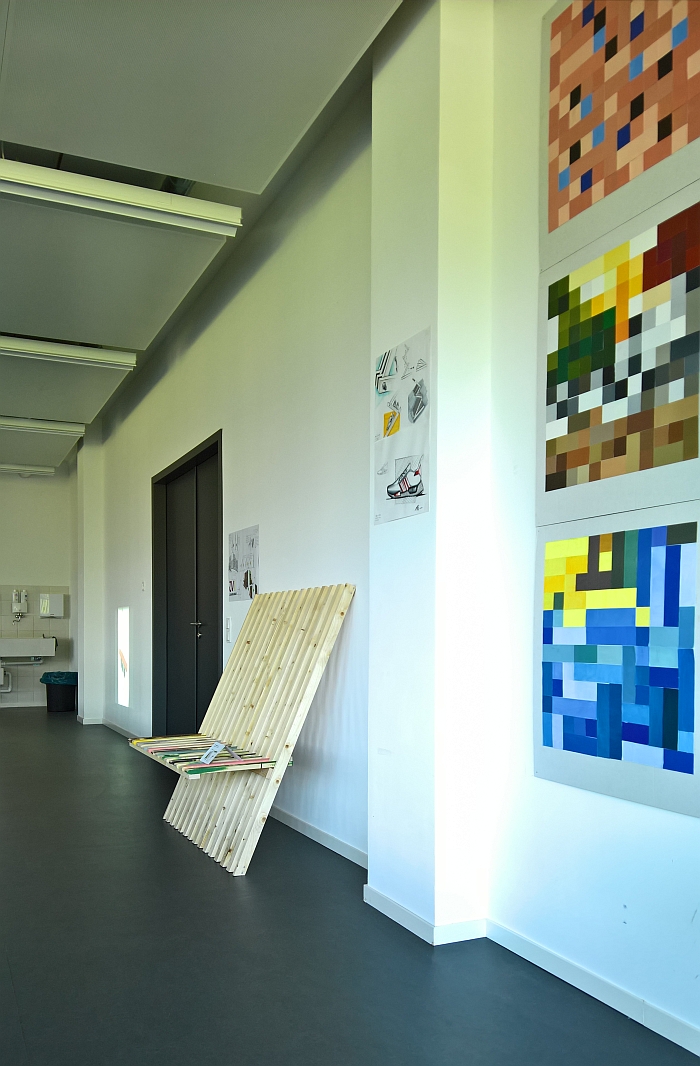
In the participatory design workshop Ein Stuhl am Wochenende [A chair over the weekend] Folkwang students worked together with, normal, citizens of Essen, and developed a number of chair designs over the course of, well, a weekend. The thereby realised chairs were supposed to reflect the personalities of the responsible individuals/groups. In how far they do, we no know; however, several of the designs left us imagining that if they are accurate reflections we'd be perfectly happy spending some time in the creators' company. Although it is important to note we didn't actually sit in/on any of the works, and so may not have been as comfortable in their company as we imagine.
Aside from the task and the results a further interesting aspect is the fact that in addition to the practical design and realisation, the workshop also considered the topic of "sitting" in its wider theoretical and cultural-historic sense context.... something we wish a lot more individuals would do
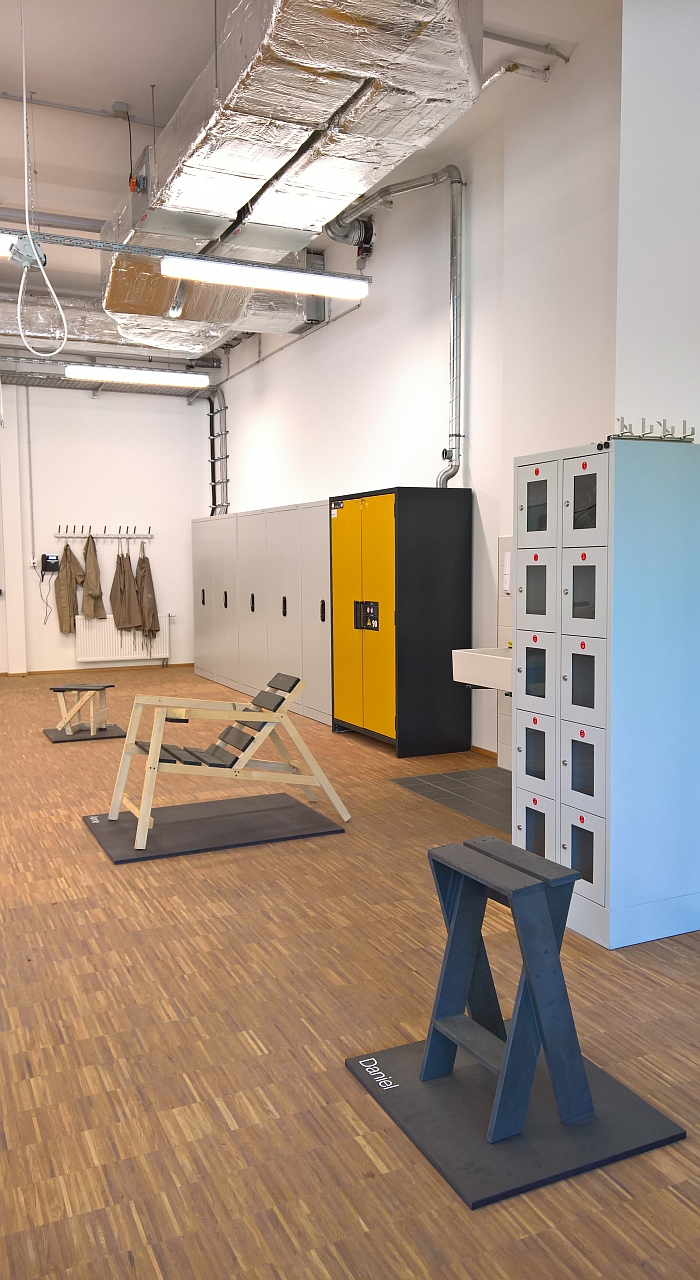
We're not getting any younger, not just us, although as our aching joints tell us, we're not; but society is ageing and with it come new challenges, economic, political, social and technical.
Exploring responses to such changes the course sixtyplus, staged in cooperation with the product development agency MMID and the Fraunhofer Institute for Environmental, Safety, and Energy Technology (UMSICHT), challenged the students to realise a product relevant for generation 60+, a challenge they rose to with a wide variety of responses and solutions, including one not only we'd argue is excellently suited [for] and [to] individuals of all ages, but the responsible student also argues is suitable for users of all ages and types. Which brings us back to what we said earlier about designers and briefs. duoPad by Anton Wortelkamp, is, as the name implies a tablet device intended to be used by two people simultaneously, and therefore a product ideally suited to a wide, almost limitless, range of potential groups including school children, work colleagues discussing a project/plan/presentation/previous evening's football, gamers or indeed those aged sixtyplus who may not be so confident and benefit from cooperation. If you want to understand the logic of such an idea just do a google image search for "two person tablet" and you'll find innumerate images of pairs of improbably shiny people staring at an obviously far too small device and pretending to be doing something groundbreaking. If only there was something larger, you think to yourself viewing the images, then think how much more productive, and shiner, they'd be.......Such may already exist, if it doesn't it seems very lax on the part of the technology industry.
Full details on the Folkwang Universität der Künste can be found at www.folkwang-uni.de
